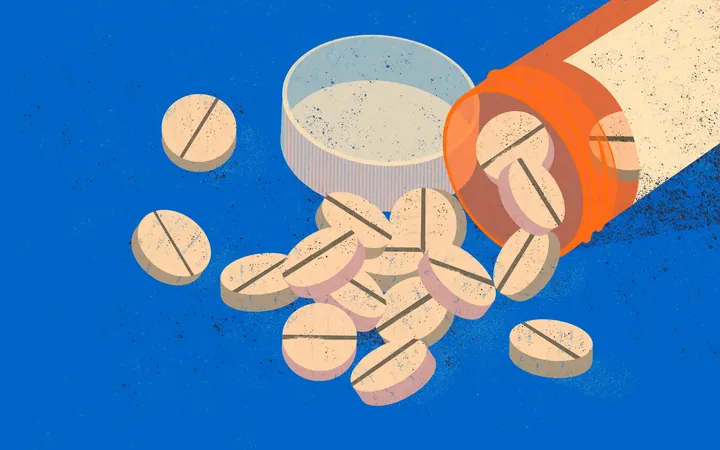
Alarming Rise in Child Opioid Overdose Cases: A Call to Action
2024-09-29
The opioid epidemic is increasingly impacting the youngest and most vulnerable members of our society, with recent findings revealing a shocking four-fold increase in child opioid overdose consultations from 2019 to 2023. This disturbing trend was highlighted in a study presented at the 2024 American Academy of Pediatrics (AAP) National Conference & Exhibition.
Dr. Maria Quidgley-Martin, a pediatric emergency medicine expert and lead author of the study, emphasized the urgent need for awareness: “As parents and other adults increasingly misuse opioids, it’s becoming more and more likely for those drugs to end up in children’s hands.” The study examined the demographic and medical data of 69 children assessed by Suspected Child Abuse and Neglect (SCAN) teams in the Philadelphia area, shedding light on the grim realities behind these statistics.
A Growing Crisis
Despite ongoing efforts to combat the opioid crisis, the recent data reveals that children are more often encountering these dangerous substances in familiar environments—primarily their homes or the homes of relatives. This alarming trend underscores a direct link between adult opioid misuse and the rise in child abuse and neglect cases.
The retrospective study assessed children referred to a child protection team at a large urban children's hospital from June 2012 to December 2023. The data collected illustrated severe outcomes associated with opioid exposure, particularly fentanyl, which was identified as responsible for the vast majority of cases.
Key Findings and Statistics
Among the findings detailed in the study:
- A staggering 72% of the affected children were under the age of two.
- Non-Hispanic Black children experienced an eleven-fold increase in cases over this period.
- Fentanyl exposure was implicated in 87% of the total opioid poisonings, with many incidents occurring within family homes.
Symptoms upon presentation included altered mental states, seizures, and respiratory depression, with a frightening number of children arriving in cardiac arrest. Naloxone, the life-saving medication used to treat opioid overdoses, was administered to 71% of the patients, highlighting the critical nature of immediate intervention.
The impact of these ingestions was severe enough that 58% of the children required intensive care, with a greater prevalence noted in those under two years old.
Tragic Outcomes
The report also revealed a heartbreaking reality: four children, all under the age of two, lost their lives due to fentanyl poisoning. Additionally, over half of the families involved had prior interactions with Child Protective Services (CPS), indicating a systemic issue that exacerbates the opioid crisis.
Dr. Quidgley-Martin concluded with a stark warning: “As a pediatric emergency medicine doctor, I have seen children injured and killed by fentanyl far too often. We need to speak about this more and work together to protect our children.”
A Call for Action
The findings of this study call for targeted initiatives to educate families about safe opioid storage and usage, alongside robust policies to prevent children from accessing these dangerous substances. It is imperative to support vulnerable families to mitigate the impact of this crisis on the youngest population.
As the opioid crisis continues to evolve, so must our strategies to protect children and ensure their safety. This alarming warning cannot be ignored; it is time for action to prevent more tragedies in our communities.



 Brasil (PT)
Brasil (PT)
 Canada (EN)
Canada (EN)
 Chile (ES)
Chile (ES)
 España (ES)
España (ES)
 France (FR)
France (FR)
 Hong Kong (EN)
Hong Kong (EN)
 Italia (IT)
Italia (IT)
 日本 (JA)
日本 (JA)
 Magyarország (HU)
Magyarország (HU)
 Norge (NO)
Norge (NO)
 Polska (PL)
Polska (PL)
 Schweiz (DE)
Schweiz (DE)
 Singapore (EN)
Singapore (EN)
 Sverige (SV)
Sverige (SV)
 Suomi (FI)
Suomi (FI)
 Türkiye (TR)
Türkiye (TR)